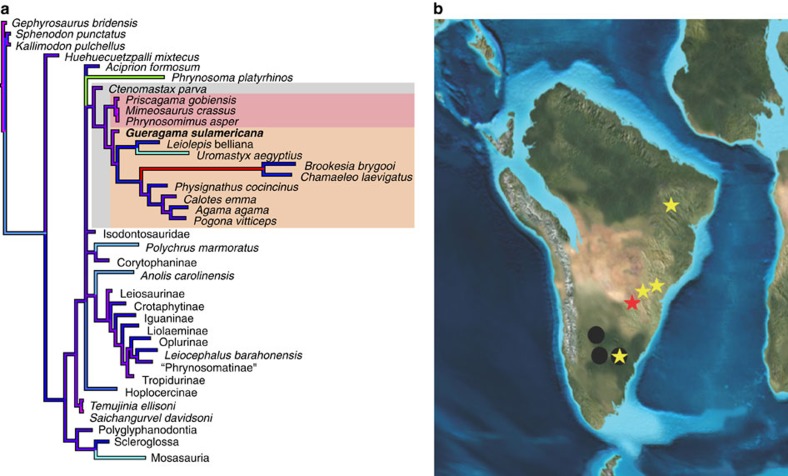Figure 3. Phylogenetic position of Gueragama sulamericana among other squamates, and lepidosaur distribution in the Cretaceous of South America.
(a) Strict consensus tree of 373 most parsimonious trees of 5,287 steps each (consistency index=0.2012; retention index=0.7714). Branches are proportional to lengths, and emphasized by a colour gradient of increasing branch length as follows: pink, purple, blue, cyan, green, yellow and red. The following clades are denoted: Priscagamidae (pink box), Acrodonta (light orange box), Priscagamidae+Acrodonta+Ctenomastax (grey box). The extremely long branch leading to chamaeleons (Brookesia and Chamaeleo) suggests either the absence of basal fossil forms, or rapid evolutionary rates. (b) Between the Aptian/Albian (112 million years ago (mya) and the Campanian (83 mya), sphenodontians were present in northern Patagonia, in the provinces of Chubut (Tres Cerros), Río Negro (Los Alamitos, Cerro Tortuga, Cerro Bonaparte and La Buitrera) and Neuquén (El Chocón), represented by black circles. Lizards were present in the state of Ceará in northeastern Brazil (Araripe Basin), as well as in the southeastern/southern states of Minas Gerais (Peirópolis), São Paulo (Marília and Presidente Prudente) and Paraná (Cruzeiro do Oeste), and in the province of Río Negro (Cinco Saltos and La Buitrera), Argentina, represented by stars. The red star indicates the type locality of G. sulamericana.

